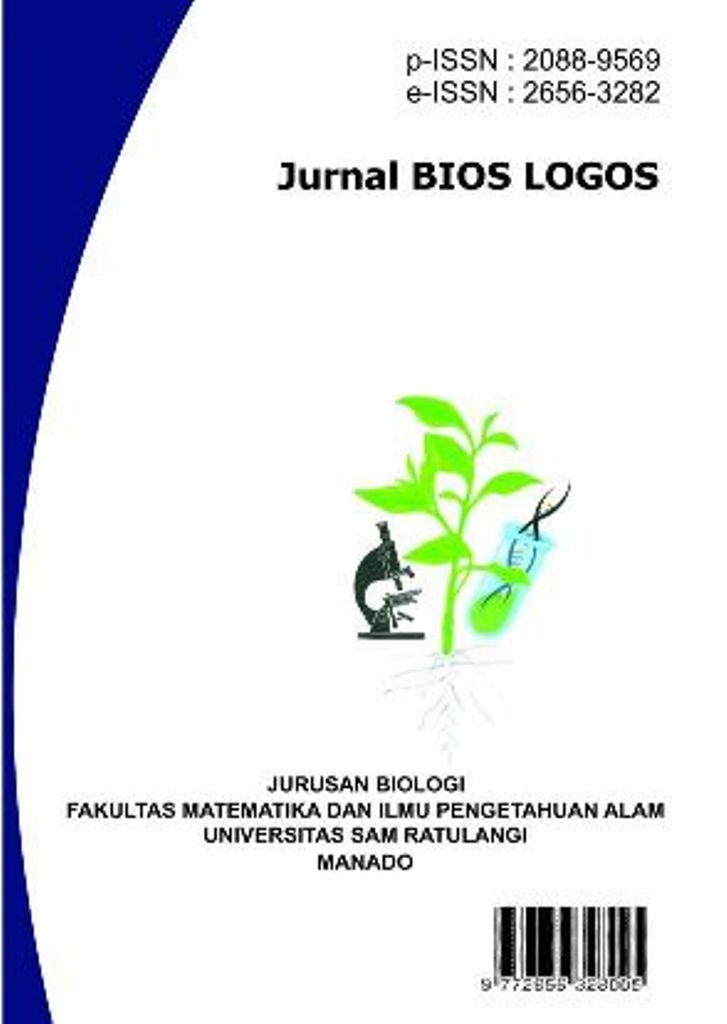Efektivitas Media Lilin Aromaterapi Berbahan Daun Pala (Myristica fragrans Houtt) dalam Mematikan Nyamuk Aedes aegypti
DOI:
https://doi.org/10.35799/jbl.v13i1.46889Keywords:
Aedes aegypti, dengue fever, Myristica fragrans, candleAbstract
Dengue fever is transmitted through the bite of a female mosquito that stores the dengue virus in its eggs, then the virus will be transmitted to humans through bites. The right way to control the spread of Dengue Fever is to control the vector population through the use of bioinsecticides whose basic ingredients come from plants containing chemicals that are toxic to insects. This study aims to determine the effectiveness of aromatherapy candle media made from nutmeg leaf (Myristica fragrans houtt) in killing the Aedes aegypti mosquito. This research uses experimental research with post test only group control design method. The number of samples used in one experiment was 50 Aedes aegypti mosquitoes. This research process uses palm wax wax media, and the composition of nutmeg leaf powder is 50 grams and wax is 100 grams. The results showed that for 12 hours every 2 hours the number of dead mosquitoes was monitored, the average number of mosquitoes that died with 3 trials was 60% experiment, while external factors, namely temperature and humidity measurements in both rooms did not affect the mortality of mosquitoes.
References
Aulia, C. R. (2016). Potensi Minyak Atsiri Daun Cengkeh (Syzygium aromaticum) Terhadap Kematian Nyamuk Aedes aegypti Dengan Metode Semprot (Doctoral dissertation, Universitas Muhammadiyah Purwokerto).
Dheasabel, G., & Azinar, M. (2018). Kemampuan Ekstrak Buah Pare Terhadap Kematian Nyamuk Aedes aegypti. HIGEIA (Journal of Public Health Research and Development), 2 (2), 331-341.
Direktorat Jenderal Pengendalian Penyakit dan Penyehatan Lingkungan Kementerian Kesehatan RI (Kemenkes RI) (2010). Peraturan menteri kesehatan RI tentang pengendalian vektor. Jakarta. Kemenkes RI
Fawwaz, M., Nurdiansyah, S., & Baits, M. (2017). Potensi daun pala (Myristica fragrans houtt) sebagai sumber fenolik. Jurnal Fitofarmaka Indonesia, 4(1), 212-214.
Herawati, Y., & Utomo, S.W. (2014). The Dynamics of Population Density and Climate Variability on Dengue Hemorrhagic Fever (DHF) Incidence In Bogor City, West Java, Indonesia. TIJ's Research Journal of Social Science & Management - RJSSM, 4.
Irwan R. (2021) Efetivitas Media Lilin Aromatherapy Berbahan Daun Cengkeh (Syzygium aromaticum l) dalam mematikan nyamuk Aedes aegypti. Skripsi. Poltekkes Kemenkes Ternate : Jurusan D-III Sanitasi
Mekutika, D. F., Sambuaga, J. V., & Soenjono, S. J. (2015). Uji Efektifitas Ekstrak Daging Buah Pala (Myristica fragrans Houtt) Sebagai Zat Penolak (Repellent) Terhadap Aedes aegypti. Jurnal Kesehatan Lingkungan, 4(2).
Novizan, I. (2002). Membuat dan memanfaatkan pestisida ramah lingkungan. Agromedia Pustaka. Jakarta.
Porusia, M., & Sri Darnoto, S. (2019). Pengendalian Vektor Penyakit. Penerbit Muhammadiyah University Press, Cetakan 1.
Suyanto, F. (2009). Efek Larvasida Ekstrak Kulit Buah Manggis (Garcinia mangostana L.) Terhadap Larva Aedes aegypti L. Skripsi. Fakultas Kedokteran Universitas Sebelas Maret. Solo.
Downloads
Published
How to Cite
Issue
Section
License
Copyright (c) 2022 Sitti Washliyah, Mariyana Ismail

This work is licensed under a Creative Commons Attribution-ShareAlike 4.0 International License.










